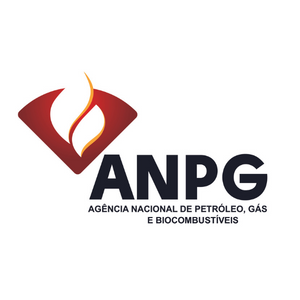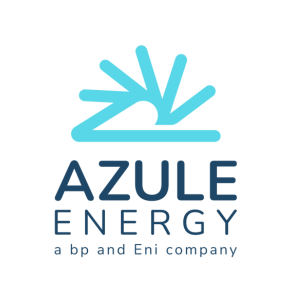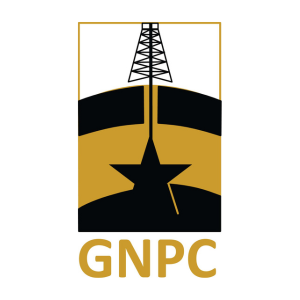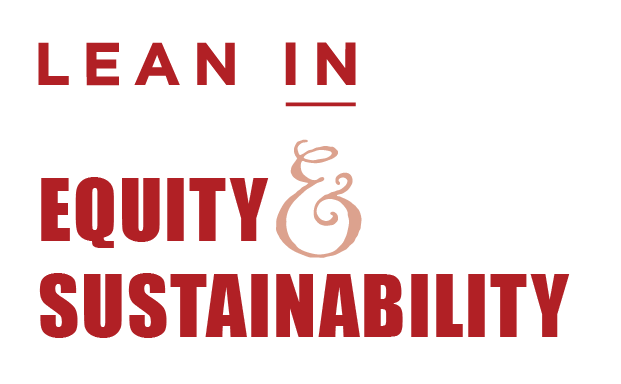A recent study by DNV GL places hydrogen at the top of the priority list for those looking to decarbonise their operations across the oil and gas sector.
A recent study by DNV GL places hydrogen at the top of the priority list for those looking to decarbonise their operations across the oil and gas sector. From a survey of 1000 industry professionals, 52% expect hydrogen to play a major role in the energy mix by 2030, and a 20% of all surveyed companies had already entered the hydrogen market in some capacity.
Over the past decade, there has been mounting societal pressure for oil and gas operators to declare broad, strategic low or zero carbon plans for their businesses in line with targets set by the Paris Agreement, and 2020 alone has seen BP and Total announce their plans to be net-zero by 2050 (or sooner). DNV GL highlights that the proportion of surveyed organisations expecting to increase or maintain investment in decarbonisation rose from 54% in 2019 to 60% in 2020. So, what role can hydrogen play in this pursuit?
Uses of hydrogen are already varied across the industry, with the refining sector alone using 40 million tonnes of hydrogen a year with demand having doubled since 2000. Whilst demand may slow in tandem with a slowing demand for oil, hydrogen can also be used as a fuel for power generation or low-cost energy storage.
Hydrogen also ticks a lot of boxes for those desiring a cleaner energy product. At its point of use, hydrogen has the benefit of near-zero emissions (water vapour the only by-product). However, there is significant ground to be covered to decarbonise the production of hydrogen. Currently, 95% of all hydrogen is produced from fossil fuels; grey hydrogen is produced from natural gas and brown hydrogen from the gasification of coal.
This is the most cost-effective method of production; however, emissions are high with 830mt of Co2 emitted in 2018. At the other end of the spectrum, green hydrogen is produced via electrolysis of water and powered by renewables and this seems to be the preferred long-term route to the decarbonisation of hydrogen production. Despite this, obstacles remain with regards to the cost of electrolysis technology and availability of renewable energy in frontier markets; scalable plans and infrastructure need to be put in place before this can be rolled out.
Blue hydrogen sits between the two above options, with the hydrogen still produced from fossil fuels but the emissions contained by Carbon Capture and Storage (CCS) technology. 55% of those surveyed by DNV GL said that the industry wouldn’t be able to decarbonise without greater uptake of CCS. CCS would capture all emissions from natural gas when producing blue hydrogen and is an attractive, if expensive, technology for companies committed to contributing to climate goals.
DNV’s report draws favourable comparisons between hydrogen and natural gas, and states that the “synergies between them – in application and infrastructure – will drive the hydrogen economy”. With the production of blue hydrogen dependent on natural gas, this seems the most likely scalable option to put in place before you can make the jump to green hydrogen. Jørg Aarnes, Global Lead of Low Carbon Solutions at DNV said: “The role of gas networks could be really important to kick-start broader deployment of hydrogen in society. If you can decarbonise the gas networks through hydrogen, then you can add this as part of a flexible, cost effective decarbonisation strategy.”
The final piece of the puzzle, the report argues, is greater public and private sector collaboration to drive large-scale adoption of both CCS and hydrogen usage. Bold long-term national policies will need to be introduced and upheld to create greater demand for hydrogen which will in turn allow for “further investment, lower costs, greater acceptance and the momentum needed to build sustainable supply chains”.
To learn more, you can download DNV GL’s report “Heading for Hydrogen” here.
Over the past decade, there has been mounting societal pressure for oil and gas operators to declare broad, strategic low or zero carbon plans for their businesses in line with targets set by the Paris Agreement, and 2020 alone has seen BP and Total announce their plans to be net-zero by 2050 (or sooner). DNV GL highlights that the proportion of surveyed organisations expecting to increase or maintain investment in decarbonisation rose from 54% in 2019 to 60% in 2020. So, what role can hydrogen play in this pursuit?
Uses of hydrogen are already varied across the industry, with the refining sector alone using 40 million tonnes of hydrogen a year with demand having doubled since 2000. Whilst demand may slow in tandem with a slowing demand for oil, hydrogen can also be used as a fuel for power generation or low-cost energy storage.
Hydrogen also ticks a lot of boxes for those desiring a cleaner energy product. At its point of use, hydrogen has the benefit of near-zero emissions (water vapour the only by-product). However, there is significant ground to be covered to decarbonise the production of hydrogen. Currently, 95% of all hydrogen is produced from fossil fuels; grey hydrogen is produced from natural gas and brown hydrogen from the gasification of coal.
This is the most cost-effective method of production; however, emissions are high with 830mt of Co2 emitted in 2018. At the other end of the spectrum, green hydrogen is produced via electrolysis of water and powered by renewables and this seems to be the preferred long-term route to the decarbonisation of hydrogen production. Despite this, obstacles remain with regards to the cost of electrolysis technology and availability of renewable energy in frontier markets; scalable plans and infrastructure need to be put in place before this can be rolled out.
Blue hydrogen sits between the two above options, with the hydrogen still produced from fossil fuels but the emissions contained by Carbon Capture and Storage (CCS) technology. 55% of those surveyed by DNV GL said that the industry wouldn’t be able to decarbonise without greater uptake of CCS. CCS would capture all emissions from natural gas when producing blue hydrogen and is an attractive, if expensive, technology for companies committed to contributing to climate goals.
DNV’s report draws favourable comparisons between hydrogen and natural gas, and states that the “synergies between them – in application and infrastructure – will drive the hydrogen economy”. With the production of blue hydrogen dependent on natural gas, this seems the most likely scalable option to put in place before you can make the jump to green hydrogen. Jørg Aarnes, Global Lead of Low Carbon Solutions at DNV said: “The role of gas networks could be really important to kick-start broader deployment of hydrogen in society. If you can decarbonise the gas networks through hydrogen, then you can add this as part of a flexible, cost effective decarbonisation strategy.”
The final piece of the puzzle, the report argues, is greater public and private sector collaboration to drive large-scale adoption of both CCS and hydrogen usage. Bold long-term national policies will need to be introduced and upheld to create greater demand for hydrogen which will in turn allow for “further investment, lower costs, greater acceptance and the momentum needed to build sustainable supply chains”.
To learn more, you can download DNV GL’s report “Heading for Hydrogen” here.








